
Ultrapure water treatment ● When drinking...
+ + + When drinking water is not pure enough + + + Ultrapure water treatment by experts + + +...
Portal and digital medical technology fair of the largest MedTech cluster in Germany

Ultrapure water treatment ● When drinking...
+ + + When drinking water is not pure enough + + + Ultrapure water treatment by experts + + +...
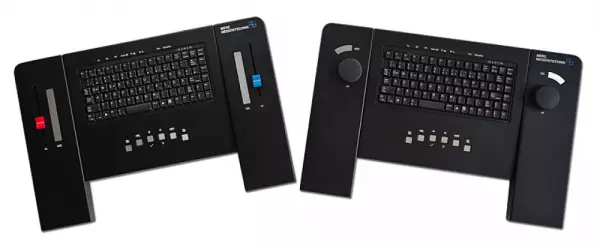
AudioControl - The keyboard for audiometry
The special keyboard with slide controls as an input medium for the evidENT3 software from Merz Medi...

iXpending book: Pain-free and flexible -...
Pain-free and flexible - mobilize fascia chains correctly Do you want freedom from pain, maximum...
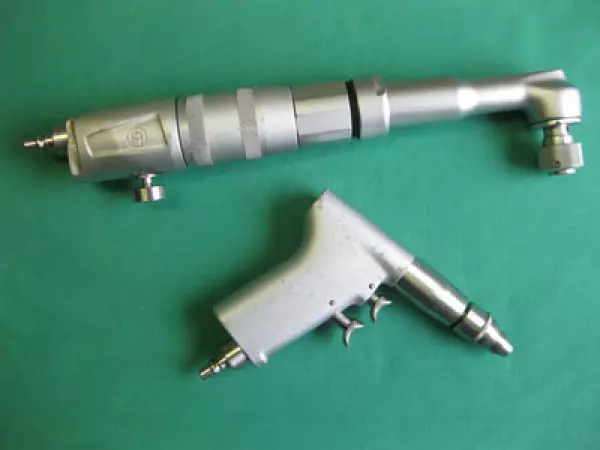
Repair service and maintenance of compressed...
We repair MIS instruments from all well-known manufacturers , drive systems such as drilling hoses,...

Reliable connectors and cables for medical...
Stäubli medical connectors are designed for the transmission of body action voltages (leading a...

SpO2 sensors Masimo RD Set NEOPT
SpO2 sensors Masimo RD Set NEOPT Disposable, premature babies 20 pieces, PU= 1 Genuine 4004

A wide range Ralk and Bunnel hand drills as well as Gigli saws ready for you. For regular daily use...
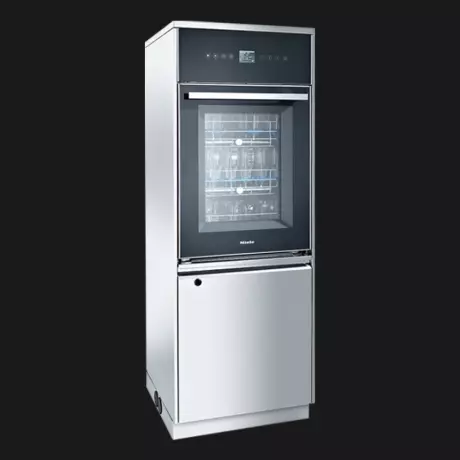
Large-capacity laboratory washer - laboratory...
LabTech Labortechnik GmbH offers you a large selection of laboratory technology - large laboratory w...
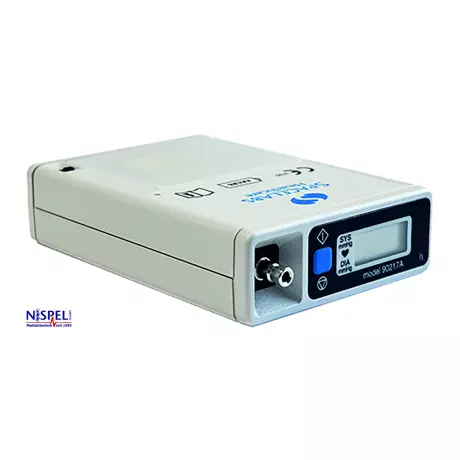
Spacelabs 90217-A Ambulatory Blood Pressure...
Spacelabs 90217-A Ambulatory Blood Pressure Recorder Spacelabs long-term blood pressure monitor 9021...
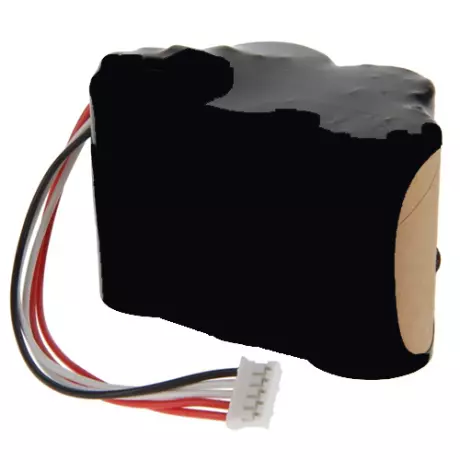
Battery for Fresenius MCM440PT
Battery for Fresenius MCM440PT NiMH battery suitable for Fresenius infusion pump MCM440 PT, MCM440 O...
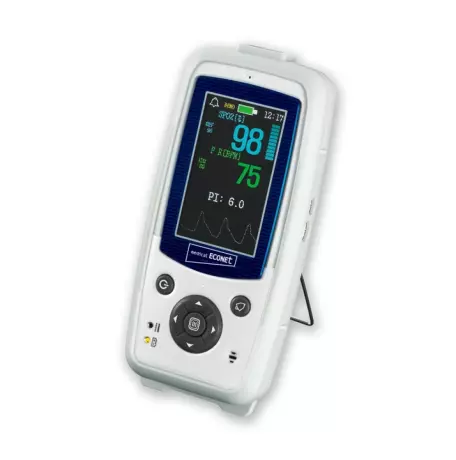
Handheld pulse oximeter PalmCare Pro with...
Handheld pulse oximeter PalmCare Pro with battery operation Suitable for adults, children and inf...

SpO2 sensors Masimo RD Set PDT
SpO2 sensors Masimo RD Set PDT Disposable, toddlers 20 pieces, PU= 1 Genuine 4001
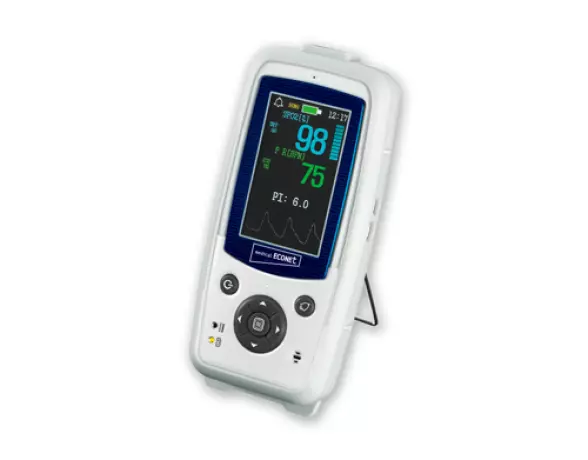
Safety checks and maintenance service on...
Safety checks on pulse oximeters We test your pulse oximeter including SpO2 sensor from the followin...
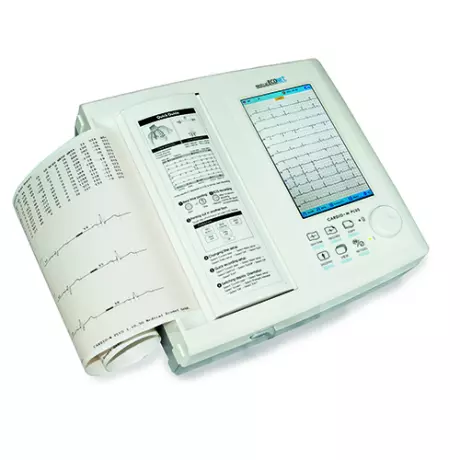
ECG recorder - Cardio-M Plus and Co.
ECG recorder - Cardio-M Plus and Co. 12-lead resting ECG with 7″ touch screen . 7″ touchscreen TFT-L...

CLEANING MEDIA BANTLEON cooperates closely with leading plant manufacturers in order to develop i...
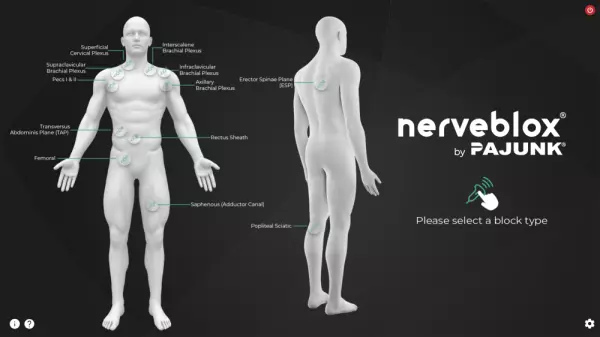
Artificial Intelligence for Ultrasound-Guided Nerve Block Training. Ultrasound-Guided Nerve Block...
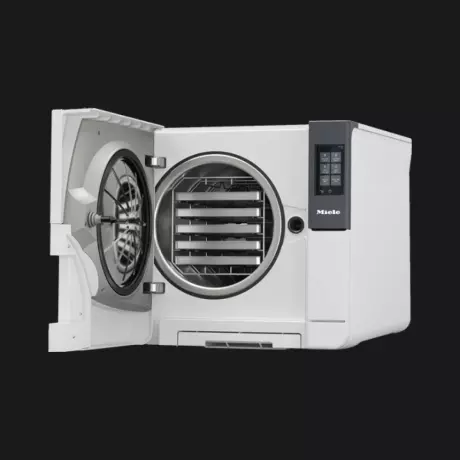
Sterilizers - choice and quality
LabTech Labortechnik GmbH offers you a large selection of laboratory technology - sterilizers Exampl...
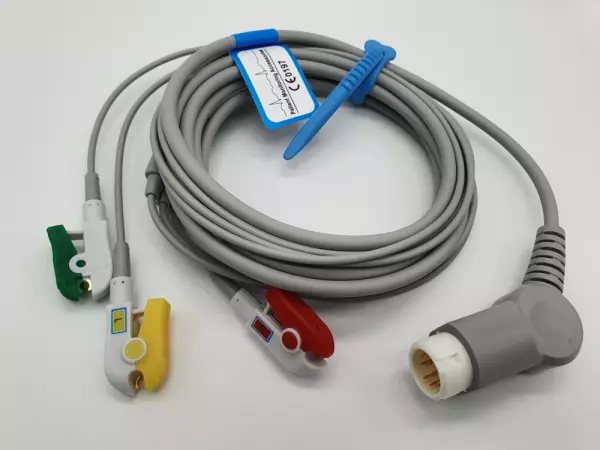
3-wire complete cable to Philips/HP with...
3-wire complete cable to Philips/HP with clamps Monitors: C3: 862474, 862475, 862478, 862479, Codema...
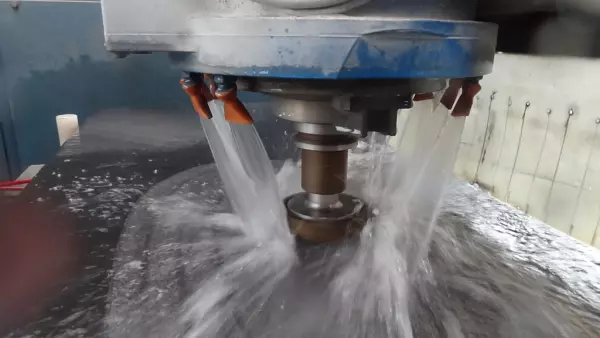
Production for countertops and interior fittings
Today, in addition to natural stone, we also process glass ceramics ( Dekton ), ceramics and quartz...
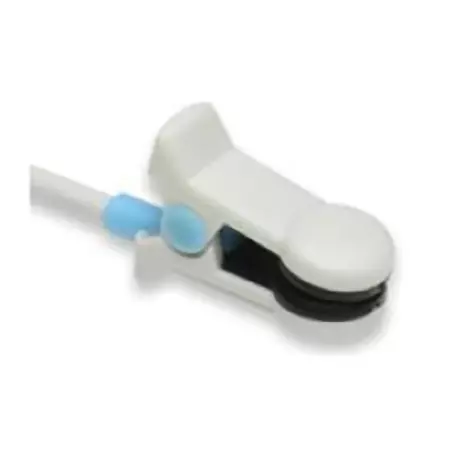
SpO2 ear sensor for Philips/HP
SpO2 ear sensor for Philips/HP D-shaped 8pin, length: 300cm Monitors: C1, C3 Virdia M3, M4 MP20, MP3...
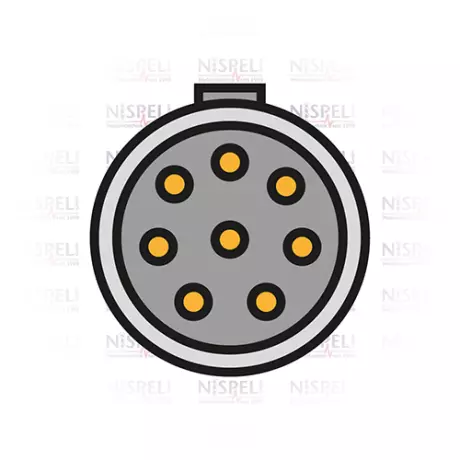
3 core complete cable to Philips/HP with...
3 core complete cable to Philips/HP with push button DIN Monitors: C3: 862474, 862475, 862478, 86247...
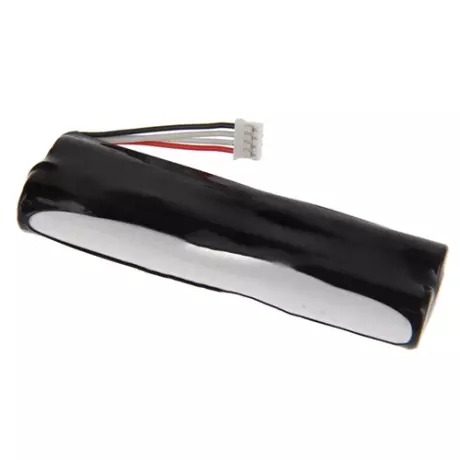
Battery for Fresenius Applix NiMH battery suitable for Fresenius-Vial feeding pump Applix, Ambix act...
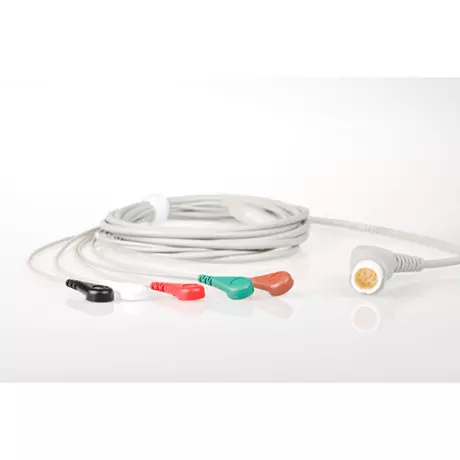
ECG cable systems and connectors
We carry various ECG cable systems and connectors Monitors: C3: 862474, 862475, 862478, 862479, C...
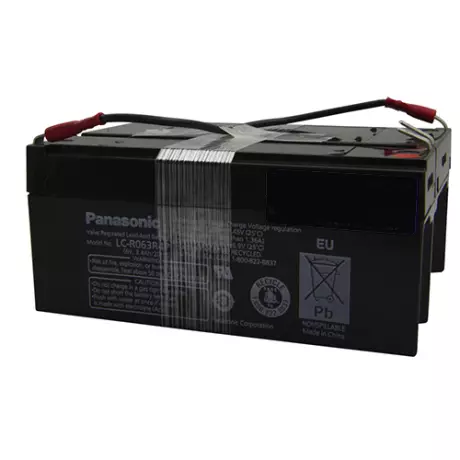
Battery for Fresenius 4008 Lead battery suitable for Fresenius dialysis system 4008 18 volts 3.4Ah a...

Saws / laser welding machine / other
1 x hydropneumatic aluminum circular saw machine Eisele Cutting area 100x100 mm or 160x80 mm, repea...
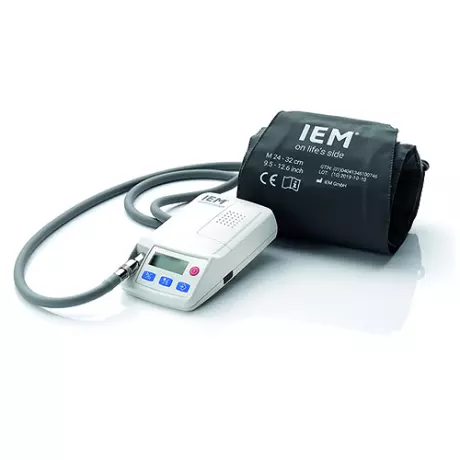
Long-term blood pressure monitor Mobil-O-Graph®...
Long-term blood pressure monitor Mobil-O-Graph® Basis + CBP • Mobil-O-Graph® Monitor • Cuff (size M)...
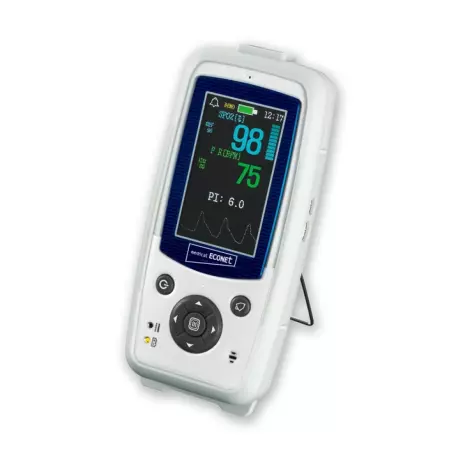
Pulse oximeter Palmcare Pro (Li-io) battery...
Pulse oximeter Palmcare Pro (Li-io) battery 3.7V
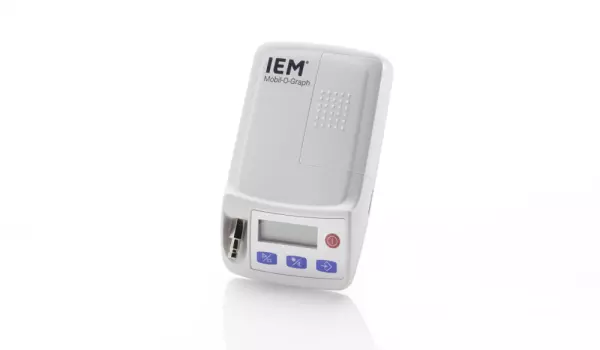
Long-term blood pressure monitor Mobil-O-Graph...
Long-term blood pressure monitor Mobil-O-Graph basic set • Mobil-O-Graph® Monitor &bull...

State-of-the-art technology and software allow us to translate the geometry of your product into a s...
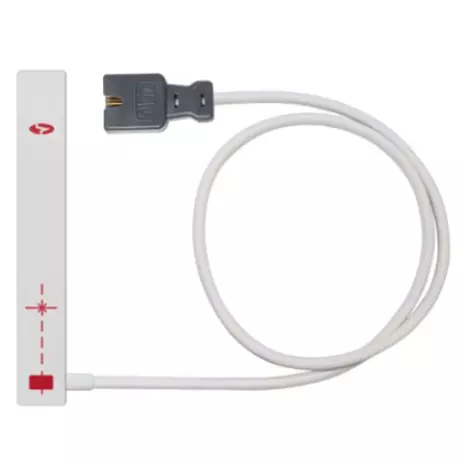
SpO2 sensors Masimo LNCS NeoPT3
SpO2 sensors Masimo LNCS NeoPT3 Disposable, premature births Length: 0.90 m, 20 pieces, PU= 1 Genuin...
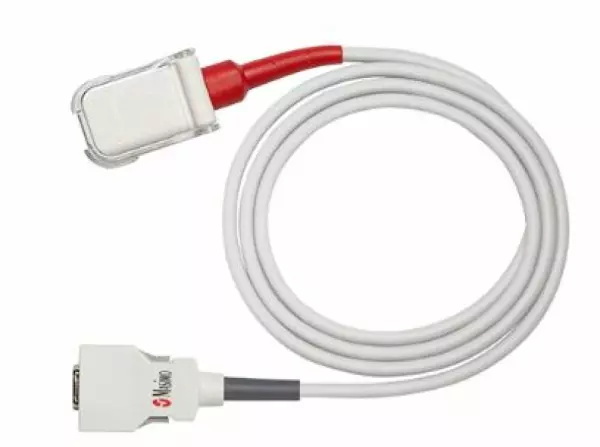
SpO2 adapter cable Masimo LNC-4
SpO2 adapter cable Masimo LNC-4 for LNCS series Length: 1.2 m, PU= 1 Original 2017
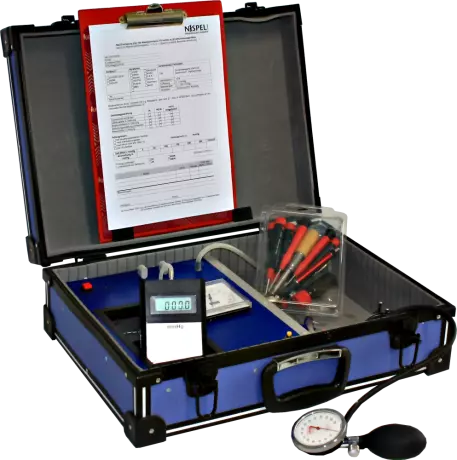
Metrological control of digital sphygmomanometers
Metrological control of digital sphygmomanometers Metrological control (MtK) on digital sphygmomanom...
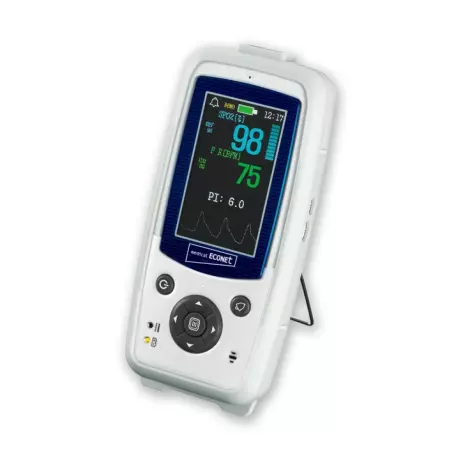
Pulse oximeter PalmCare Pro tripod mount
Pulse oximeter PalmCare Pro tripod mount
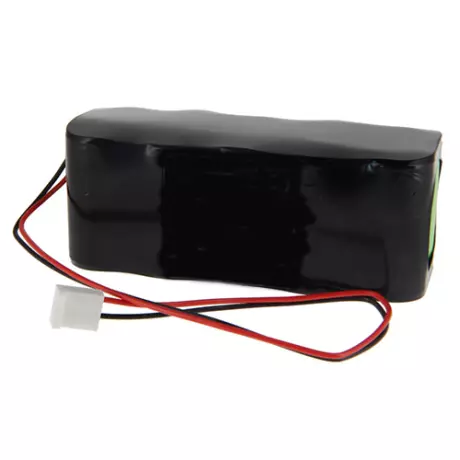
Battery for Fresenius Vial NC battery suitable for Fresenius Vial, MCM, 404, 504 12 volts 1.7Ah appr...
 Product portfolio and range of services in Medical equipment, equipment, devices and infrastructure in medical technology or other healthcare-related industries .
Product portfolio and range of services in Medical equipment, equipment, devices and infrastructure in medical technology or other healthcare-related industries .
When it comes to evaluating medical equipment, it is important to remember that every piece is different. Regulatory agencies have recognized different classes of medical equipment based on their functional features and potential for misuse. Some medical equipment may be used in combination with other medical products. These devices must be assessed according to their functional requirements and reliability. Below are some factors to consider when evaluating medical equipment. To learn more about these considerations, read on. The following are common types of medical machines.
Product reliability is one of the most important factors in choosing the right medical equipment. The reliability of a piece of medical equipment is determined by several characteristics, including its age. As with all items, the more recent a unit is, the better its performance. Generally, older equipment has fewer failures and is more reliable. As the age increases, the reliability of medical equipment begins to degrade. For example, a study published in 2010 by Badnjevic et al. found that medical equipment with a low reliability score has a lower efficiency score than those with high quality scores.
Performing a medical equipment assessment is an important step in planning healthcare actions. However, it is vital to choose the correct input parameters. No single technique is appropriate for all input parameters. The parameters should be applicable to the output. Mahfoud et al. link medical equipment assessment with maintenance strategies and recommended maintenance practices. For selecting appropriate input parameters, researchers can refer to existing datasets. These datasets may include details about the specific medical equipment as well as its maintenance history. By selecting the right input parameters, different outputs will be generated.
Government regulations are a significant factor in limiting the competition in the medical equipment industry. The first to market advantage conferred by intellectual property protection is limited to a finite period. In addition, government insurers may limit the growth of prices for incumbent products. But the growing global market provides a significant opportunity for medical device manufacturers to expand their geographic footprint. The costs of developing new products and procedures in the healthcare sector are higher than in other sectors. The existing regulatory environment offers a measure of relief from competition.
The purpose of medical equipment varies. Some are simple, while others are more complex. Some are used in hospitals for therapeutic purposes, while some are designed for home use. While the intended uses of medical equipment vary, it is essential to make sure that they are safe for the clinicians and patients in the process. While this is a big responsibility, the healthcare industry must keep its personnel and patients safe. By examining medical equipment, the authority may issue safety alerts or recalls.
There are two main types of medical equipment. The first type, called electro-medical equipment, contains various powered devices. In addition, these instruments are used in diagnostic procedures. These include X-rays, MRIs, and CT scans. The second category, known as anaesthesia equipment, involves devices that aid in the delivery of medical services. The third type of medical equipment is used in a hospital or clinic. Its purpose is to aid the patient.
Become a digital exhibitor yourself in the online portal of the largest and best-known MedTech cluster region in Germany and inform the world of medical technology about your products and services as well as about news, events and career opportunities.
With an attractive online profile, we will help you to present yourself professionally on our portal as well as on Google and on social media.